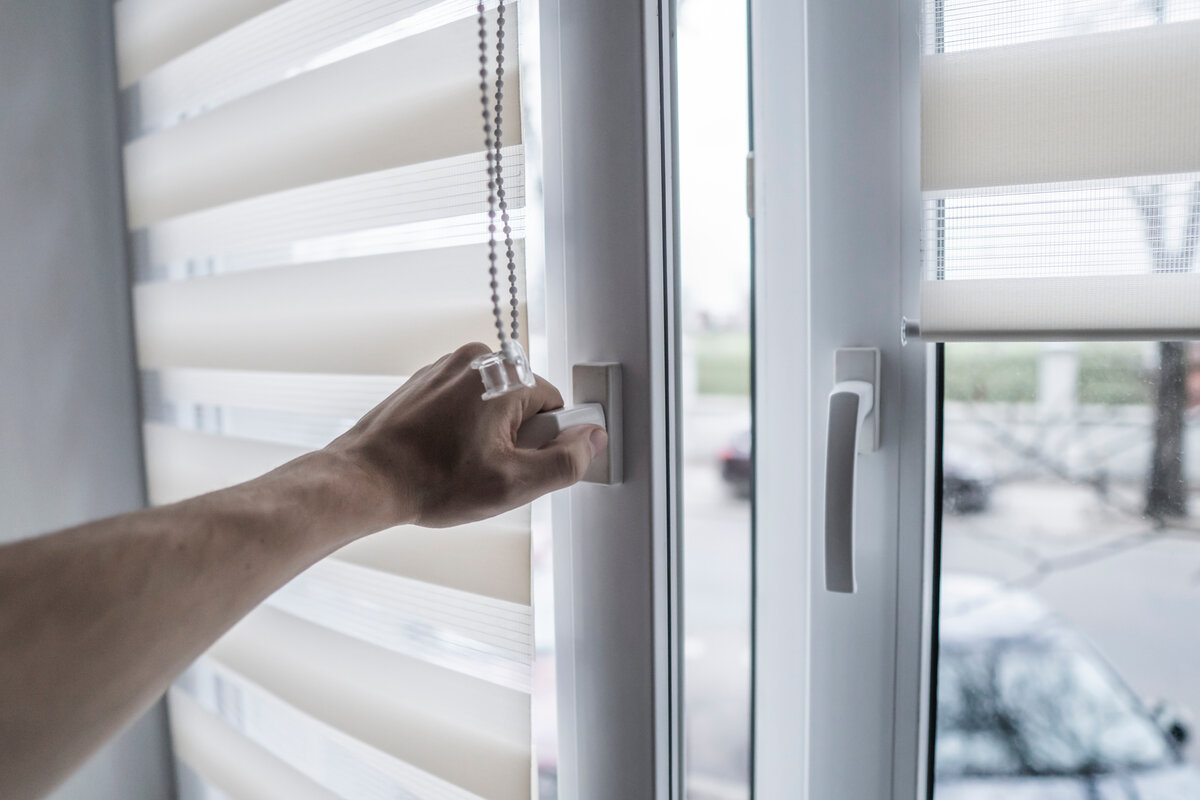When it comes to protecting your home, most threats are easy to see—water damage, cracked walls, broken HVAC systems. But radon? It’s invisible, odorless, and tasteless, yet it’s one of the leading causes of lung cancer in the U.S. So, it’s no surprise that homeowners want quick fixes. One question we often hear is: Can opening windows reduce radon levels? It seems like an easy solution, but unfortunately, it’s not the long-term fix you need.
Let’s talk about what really happens when you crack open a few windows, and more importantly, why that alone isn’t enough to keep your home safe.
Can Opening Windows Reduce Radon Levels? (And Why It’s Not a Complete Solution)
Yes, opening your windows can temporarily lower radon levels. That’s because fresh air dilutes radon gas inside your home, improving overall ventilation. But there are a few major issues with relying on this as your only strategy:
It’s Only a Temporary Fix
When you open windows, you allow outdoor air to mix with indoor air, which reduces the concentration of radon gas. The problem? Once the windows are closed, the radon levels go right back up—sometimes higher than before due to pressure changes.
It’s Not Consistent
Opening windows creates unpredictable airflow. Sometimes you may lower radon, but other times you might actually pull more radon into your house, depending on how air is moving. Your HVAC system, outdoor wind, and even nearby buildings can affect air pressure inside your home, which makes window ventilation unreliable.
It Doesn’t Work in Every Season
Let’s be real—keeping your windows open in the middle of winter or during hot summer days isn’t practical. You’ll waste energy, deal with uncomfortable temperatures, and risk higher utility bills. Radon mitigation shouldn’t depend on the weather.
It Misses the Root of the Problem
Radon comes from the soil under your home. Unless you seal entry points or install a proper mitigation system, you’re only treating the symptom, not the source.
Understanding Where Radon Comes From
Radon gas forms naturally from the breakdown of uranium in soil and rock. It moves upward through the ground and enters homes through:
- Cracks in the basement floor or foundation
- Gaps around pipes or utility lines
- Crawl spaces and sump pits
- Concrete joints and floor drains
Even new homes can have radon problems, especially those built on expansive soil or with finished basements. The only way to truly control indoor radon levels is with a professionally installed mitigation system designed to redirect the gas before it enters your living space.
Why a Radon Mitigation System is the Right Approach
Unlike opening windows, a mitigation system actively and continuously reduces radon gas in your home. These systems work by:
- Creating a vacuum under your foundation (sub-slab depressurization)
- Sealing cracks and gaps in your basement
- Venting radon outside before it reaches indoor air
Properly installed systems can reduce radon levels by up to 99%. More importantly, they provide year-round protection regardless of the weather or air pressure conditions.
Why Opening Windows Reduce Radon Levels—But Can’t Be Trusted
Let’s bring it back to the key question. Yes, opening windows reduces radon levels, but only for a short time and under the right conditions. It’s not a strategy you can depend on to keep your family safe in the long run. You need a permanent solution—one that handles the problem at the source, works in all seasons, and is designed specifically for your home’s foundation.
Why Choose KC Pier
At KC Pier, we specialize in protecting homes throughout Kansas and Missouri from the dangers of radon gas. We don’t believe in band-aid fixes or shortcuts. Instead, we offer custom radon mitigation systems that target the source of the problem—your foundation and soil.
Our team is trained to test, design, and install the right system for your specific home, whether it’s a basement, crawl space, or slab-on-grade. We use high-quality materials, follow proven methods, and ensure that your system meets state radon safety guidelines. When you work with us, you’re not just getting a service—you’re getting peace of mind that your home is safe from radon, today and tomorrow.
In Summary
If you’re wondering whether opening windows reduce radon levels, the answer is yes—but only for a short time. It’s not reliable, it doesn’t fix the root cause, and it certainly won’t give you the lasting protection your home needs. For long-term safety and indoor air quality, professional radon mitigation is the only solution we recommend.
If you’re concerned about radon in your home, contact us today to schedule an inspection. At KC Pier, we’re here to help you breathe easier.

